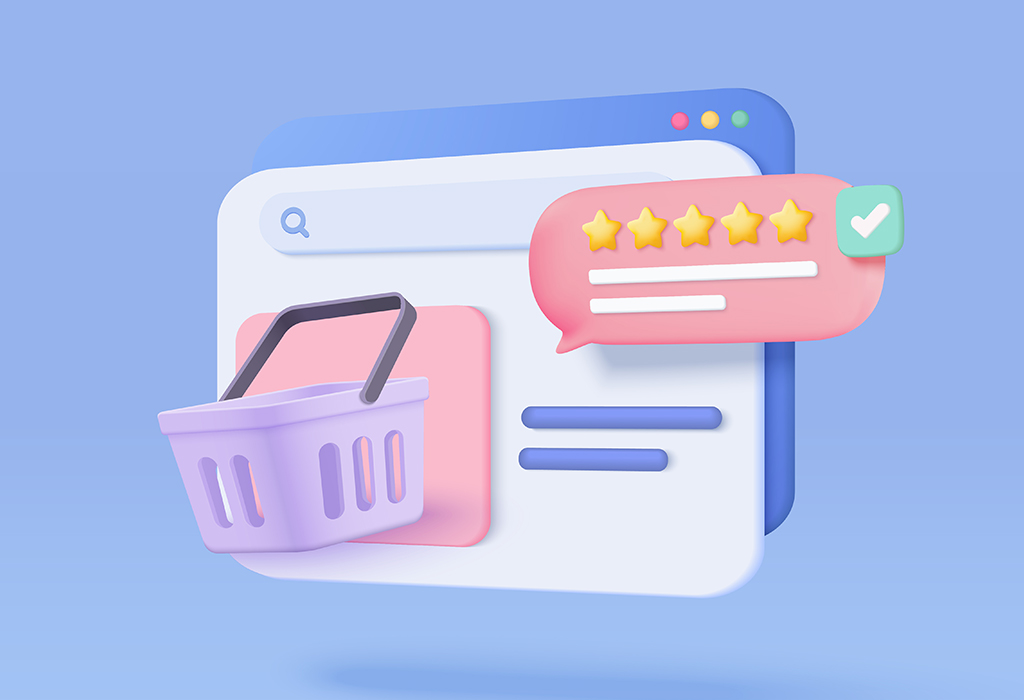If there’s anything consistent across the automotive industry, it’s an appreciation for speed and elegance. However, when it comes to the sales process these values have often been pushed to the side. Until E-commerce arrived, that is.
Author Nick Saraev

Photo: Freepik
Paulo Maria Silva from Marcedes Benz spoke at our recent event to share the changes in the automotive industry’s approach to e-commerce. He covered the history of growth over the past five years, a breakdown of the current systems in place, and a look at what’s coming next.
Looking Back at Automotive Sales
Five years ago the Automotive E-commerce landscape was practically unrecognizable. With entirely different systems and challenges, manufacturers had a long road ahead to reach anything close to full E-commerce integration.
OEMs had central websites being managed on a local level, and any digital sales were coming from two specific calls to action. They were located on product pages, and in popups that were shared with users at the end of a car configuration. They encouraged users to
- Book a test drive
- Request a quote
Whichever the user responded to, the result was the same. A call from a contact center attempting to qualify the lead. If the customer was interested, they would be handed off to a dealership and the digital journey would be over.
This led to some serious issues, including the fact that leads were nearly impossible to track once they had been shared with the retailers. To complicate things even more, dealerships seldom used the same CRMs as the OEMs they worked with.
There also needed to be more personalization for the customer. Nowadays, nearly every online seller uses data to customize and enhance their users’ experience throughout the customer journey. This allows them to
- Recommend products based on user behavior
- Time communications for peak effectiveness
- Send tailored promotions and offers
Without these capabilities, the sales funnels were severely unoptimized.
The Current State of Automotive E-Commerce
The automotive industry is in the middle of one of the biggest transformations in its history. This is across all aspects, including
- Products – Electric vehicles are here to stay, and many OEMs are committed to full eclectic product catalogues into 2030
- Players – New companies have started popping up in China and the US, and they’ve enabled fully direct sales. For example, Tesla allows customers to buy directly from them without getting a dealership involved
- Digital Transformation – Many OEMs are putting tons of resources into moving into the digital age. This includes bringing in outside experts and even creating smaller organizations within themselves to help move the process along
The ultimate goal with these changes is often to have 100% of vehicle purchases starting online. This includes the vehicles themselves, as well as aftermarket sales, service contracts, and more.
Omnichannel Strategy
An omnichannel approach puts the customer’s preferences first, allowing them to have the same experience no matter how they connect with your company. Through consistent branding and precise standards, your users should know what to expect whether they find your products in a physical store, on an app, or through your website.
You want the customer to be able to jump between channels throughout their journey to fit their comfort. Your team will need to be equipped for
- Several Touchpoints – The customer should be in constant communication with the manufacturer through touchpoints that are both on and offline
- Duel Awareness – You shouldn’t concentrate your marketing in only one realm. It should be online and offline with a combination of mediums like targeted ads, T.V. ads, outdoor marketing, and more
- Cross-Channel Consideration – While much of the searching and research that your customers will do to make purchasing decisions has already moved online, you can’t forget about the importance of in-person touchpoints such as test drives
While final sales and handovers are still happening almost exclusively in the retail space, there are starting to be more options for these to move online as well. The main focus is giving your customers the options so they can choose what works best for them.
Remember that even a 100% digital sales process does not mean that there will be no human contact. There needs to be human connection online through contact centers, retailers, and even inside the car.
This allows the customer to build trust because the purchase of a car is a much bigger deal than other online purchases like coffee or groceries. Digitization doesn’t kill retail but enables it to stay relevant and thriving.
Benefits of Automotive E-Commerce
Making the shift toward an omnichannel strategy also allows companies to put their customers first in new and important ways. They can look forward to
- Fewer Trips to The Dealer
- Price Transparency
- Personalization
- Higher User Satisfaction
However, the customers aren’t the only ones with benefits to look forward to. OEMs themselves can enable
- Future-Proofed Business Growth
- Cross Selling
- Knowing the Customers
- Improving Customers’ Experience
- Meeting Customers Wherever They Are
Ultimately, the advantages and efficiencies that E-Commerce and omnichannel sales grant companies make it a requirement for competitive business operations.
The Future of Automotive E-Commerce
The future generations of customers are going to expect a fully integrated sales funnel, including
- Fewer Clicks to Buy
- Fun and Personalized Processes
- Seamless and Simple Interactions
However, for many OEMs, this is easier said than done. When you have years and years of history, legend, and regulation complexity to work through, you don’t have the option to simply jump entirely online.
That feeling of excitement and gravitas has to be preserved and translated for the digital age. To succeed, there are key factors your team needs to focus on.
Heterogeneous Team
If you are working internationally and across markets like the majority of automotive manufacturers are, your team must be diverse. Not only in terms of gender and race, but also in experience, skills, and mindset.
This allows for a variety of perspectives and ideas to be brought to the table, leading to more innovative and inclusive approaches to e-commerce. When you are working across several cultures, you need to ensure your team is prepared to tackle the differences as you continue to scale.
Value Feeback From the Market
To truly understand and cater to your customer’s needs, it is crucial to actively seek and listen to feedback from the market. This can be done through surveys, online reviews, and direct interaction with customers.
You can’t use the same techniques across every market, you must listen to your audience and implement the right strategies to fit their specific needs. This will allow you to stay on top of trends and anticipate any potential issues or desires from your target audience.
Customer Activation
Your customers must stay engaged throughout their lifecycle if you want to retain them. This requires a certain amount and caliber of content that is both informative and appealing. By creating personalized, tailored content for your customers, you can keep them engaged and interested in your brand.
In Conclusion
The world is changing, and the sales cycle of the automotive industry is changing with it. If you want to stay ahead in this competitive market, it’s essential to embrace the digital transformation.
With the right tools and approach, you can provide a seamless and convenient experience for your customers while driving sales. Take the time to bring speed and elegance from the road to the customer journey.






























